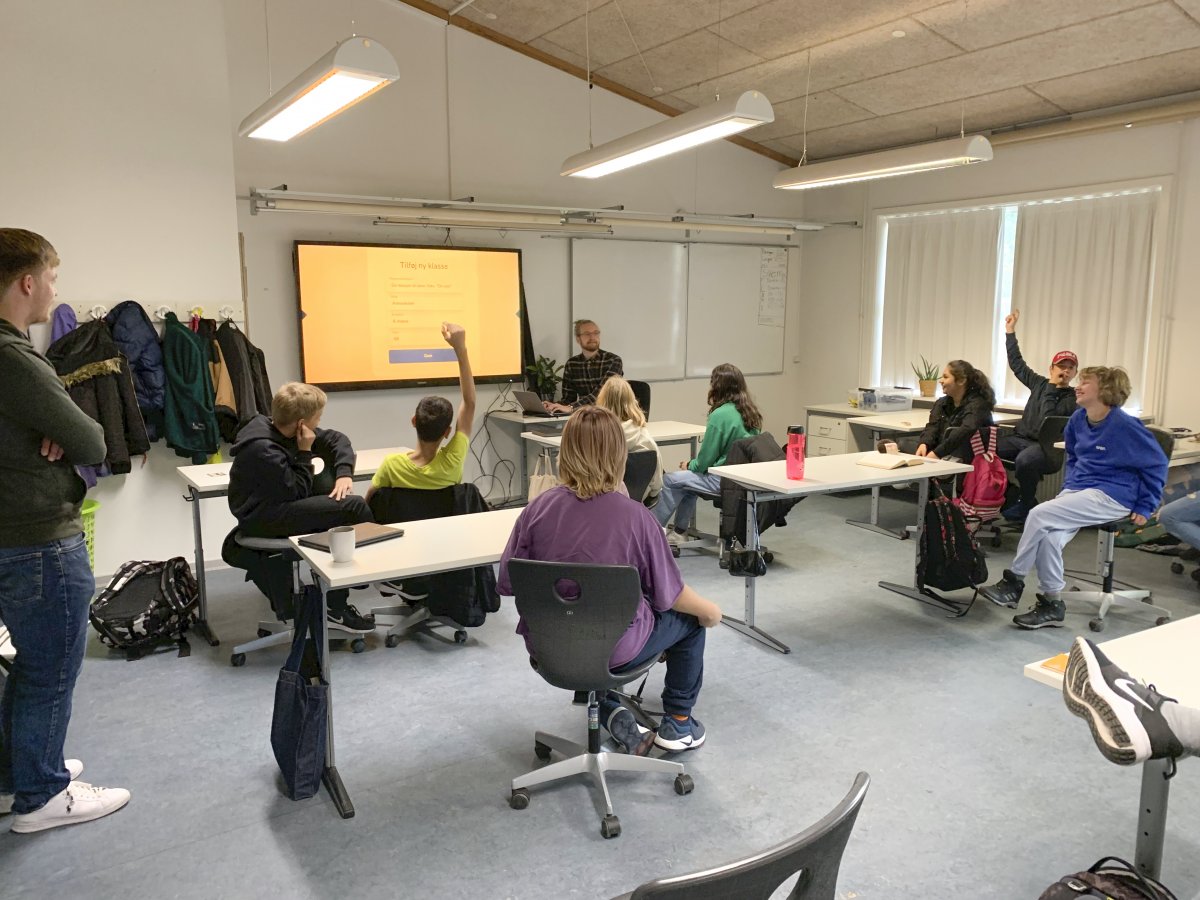In a Copenhagen suburb, the weekly cake dinner takes place in a fifth grade class, which is a tradition in Danish public schools. While the children eat chocolate cake, their teacher Henriette Viskum shows a bar chart on the whiteboard. The data is arranged to show the weekly “mood landscape” of the class.
Advertisement
This type of data-driven wellbeing audit is becoming more common in Denmark’s classrooms. The apps used for this are designed to help Danish school children get out of the deep mental health crisis they are going through right now.
children and adolescents with depression
In just a few decades, the number of Danish children and adolescents with depression has increased more than sixfold. And this is not a purely Danish phenomenon. According to the Federal Statistical Office, the number of depressed children under the age of 15 in Germany increased tenfold between 2000 and 2017. And with the pandemic and the associated school closures, the problem has really escalated across Europe. A meta-study by the Federal Institute for Population Research (BiB) shows that “during the school closures, children and young people showed general depression symptoms 75 percent more frequently than before the pandemic.”
One of the ways Danish schools are trying to reverse this trend is through the use of digital platforms that survey the mood landscape. They regularly survey students on a range of indicators of well-being. They then use an algorithm to suggest topics for the class to focus on.
ChatGPT and Co. question the extent to which the classic transfer of knowledge in the classroom still makes sense if, in the future, an AI will provide almost all the knowledge in the world within seconds in the required form. How can schools react to this? The new issue of MIT Technology Review addresses this question. Highlights from the magazine:
Several hundred schools in Denmark have implemented such platforms in their classrooms, and now schools in Finland and the UK are also using mood monitoring software. School authorities in the US are going further and using technology beyond collecting self-reports: by monitoring emails, chat messages and searches of school-issued devices, they look for evidence of suspicious behavior.
Advertisement
The potential is great, say experts, but the approach also provokes criticism. This refers to several factors: there is little evidence that this type of quantification can be used to solve social problems and the data collection is not very transparent.
Teachers appreciate the platforms in everyday school life. She’s just glad to have a tool that can give her a general idea of what’s going on with the kids, says a Danish teacher. And the children? They like to use it, they say between the whiteboard and the chocolate cake. They particularly like how the app helps them talk nicer to each other.
Read MIT Technology Review here:
(Older brother)
To home page
